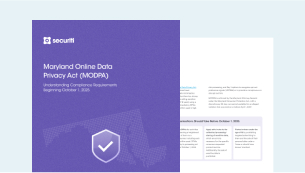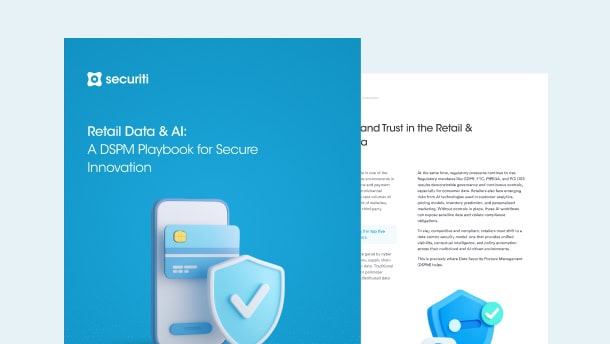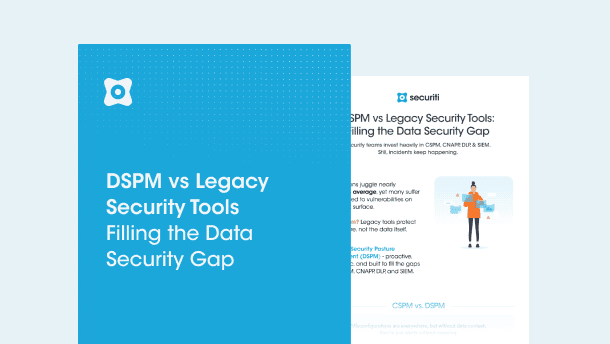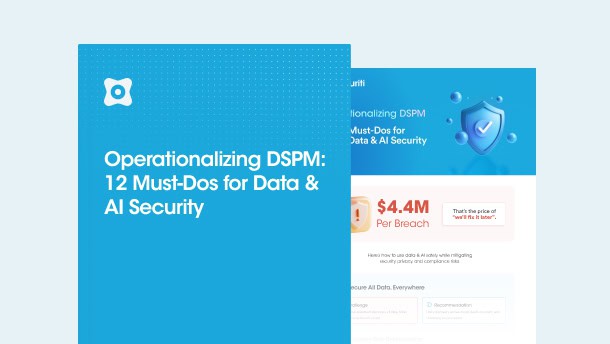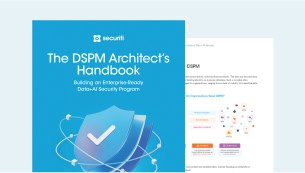I. Introduction
In response to the growing use of data processing activities and with artificial intelligence (AI) and machine learning (ML) technologies, the City of New York has enacted Local Law 144, which regulates Automated Employment Decision Tools (AEDTs).
The law imposes specific obligations on employers who utilize these AEDT technologies and regulates automated decision-making tools in employment and hiring practices in New York City. It prohibits employers and employment agencies from using an automated employment decision tool, mandates employers to ensure transparency and accountability, implement non-discriminatory practices, conduct regular bias audits, and notify candidates when AEDT tools are used in hiring, promotion, and other employment considerations.
The law became effective on 1 January 2023, with enforcement starting on 5 July 2023. The Final Rules provide further details on AEDT usage covered under Law 144.
This guide dives into NYC AEDT’s requirements and highlights the steps employers must take to ensure swift compliance with the regulation.
An Automated Employment Decision Tool (AEDT) is a computational process or software application that utilizes machine learning, statistical modeling, data analytics, or artificial intelligence to assist in employment-related decision-making.
Employers actively utilize the streamlined outputs produced by AEDTs, such as scores, classifications, or recommendations, to “substantially assist or replace discretionary decision-making” in procedures like hiring, promotions, and other employment-related considerations. “To substantially assist or replace discretionary decision making” refers to any automated tool used in employment decisions that:
- Relies solely on its output without considering other factors.
- Uses its output as the most heavily weighted criterion among multiple factors.
- Uses its output to override other conclusions, including those made by humans.
The term "automated employment decision tool" does not include a tool that does not automate, support, substantially assist, or replace discretionary decision-making processes and that does not materially impact natural persons, including, but not limited to, a junk email filter, firewall, antivirus software, calculator, spreadsheet, database, data set, or other compilation of data.
III. Who Needs to Comply with NYC AEDT
The law applies to employers and employment agencies using automated decision tools (such as algorithms or machine learning models) to assist in hiring or promotion decisions for New York City-based jobs. The tools covered include systems used to evaluate candidates' qualifications or make decisions about promotion.
IV. Key Regulations Under NYC AEDT
A. Annual Bias Audit Requirement
A core element of the NYC AEDT Regulation is the requirement for an annual bias audit of any AEDTs. Employers or employment agencies cannot use or continue to use an AEDT if more than one year has passed since its most recent bias audit.
An independent auditor must conduct the audit, assessing whether the tool’s results show any bias or discrimination based on race, ethnicity, sex, or other protected characteristics. This bias audit must include the following steps:
- Calculate the selection rate and impact ratio for each category.
- Perform these calculations separately for:
- Sex categories (e.g., comparing selection rates between male and female candidates).
- Race/Ethnicity categories (e.g., comparing selection rates between Hispanic/Latino and Black/African American candidates).
- Intersectional categories combining sex, ethnicity, and race (e.g., comparing selection rates between Hispanic/Latino males and Black/African American females).
- If the AEDT classifies candidates or employees into specific groups (e.g., different leadership styles), apply the calculations for each group.
- Report the number of individuals assessed by the AEDT excluded from the required calculations due to unknown category information.
A category representing less than 2% of the data may be excluded from calculations. The summary must explain the reason for exclusion and include data for the excluded group.
B. Public Disclosure of Annual Bias Audit
Before using an AEDT, employers or employment agencies must make publicly available on their website:
- The date of the most recent audit,
- A summary of the results, including:
- Source and explanation of data used for the audit.
- The number of individuals assessed falling into an unknown category.
- Total number of applicants or candidates.
- Selection or scoring rates.
- Impact ratios across categories.
- Distribution date of the AEDT.
The publication requirement can be met by providing an active hyperlink on the website, clearly labeled as a link to the bias audit results and distribution date. This information should be available for at least 6 months after the AEDT’s latest use.
C. Notice to Candidates and Employees
Employers must notify candidates or employees at least 10 business days before using an AEDT. This notice must include:
- The disclosure that an AEDT is being used to evaluate their application or promotion.
- The specific job qualifications or characteristics that are being evaluated by the tool.
- The process for requesting an alternative evaluation method or accommodations if available.
- Employers must also provide information about the categories of data collected and the tool’s decision-making process if the candidate requests it.
Notification may be sent via email, mail, the employer’s website, or a written policy. By providing notice, individuals are informed about the technology used and how they are being assessed.
D. Data Retention and Transparency
Employers must:
- Provide clear information on their website regarding AEDT data retention policies, types of data collected, and the source of such data.
- Include instructions on how to request this information and respond to written requests within 30 days.
- Provide reasons if disclosure of data would violate local, state, or federal laws or interfere with a law enforcement investigation.
V. Regulatory Authority
The New York City Department of Consumer and Worker Protection (DCWP) is the regulatory authority for the NYC AEDT law. It is responsible for enforcing compliance, issuing regulations and guidelines, and announcing penalties for noncompliance.
VI. Penalties for Non-Compliance
Employers that fail to comply with NYC AEDT requirements may incur penalties, including:
- Penalty of up to $500 for the first violation and each additional violation occurring on the same day.
- Subsequent violations may result in penalties ranging from $500 to $1,500 per violation.
Violations can include failing to provide adequate notice or using an AEDT without a bias audit.
VII. Compliance Strategies for Employers
Employers must take certain actions to ensure compliance with NYC AEDT regulations, especially if they utilize or intend to use AEDTs. These include:
a. Conduct Independent Bias Audits
Employers should conduct comprehensive bias audits in collaboration with independent auditors, including examining its inputs, outputs, and processed data, among other factors.
b. Establish Clear Communication Protocols
Employers must establish a mechanism for notifying candidates and employees about using AEDTs and how it may affect their applications or employment status. The notification must be uniform so that all candidates get the same information transparently.
c. Vendor and Technology Assessment
Employers must examine their AEDT technology, particularly if provided by a third-party. It's critical to evaluate if these providers comply with bias audit requirements and whether their tools ensure adequate transparency.
d. Data Transparency
As a good business practice, employers must disclose AEDT's data sources, the tool's methodology, and the duration of data retention. Additionally, employers must explain, upon request, the precise categories of data assessed by the tool and how it impacts hiring choices.
VIII. Conclusion
As employers rapidly embrace AI technology, ensuring compliance with these rules is crucial to establishing a fair and inclusive workplace. Employers must proactively conduct bias audits, explicitly notify candidates and employees of relevant information, and ensure data transparency.






































